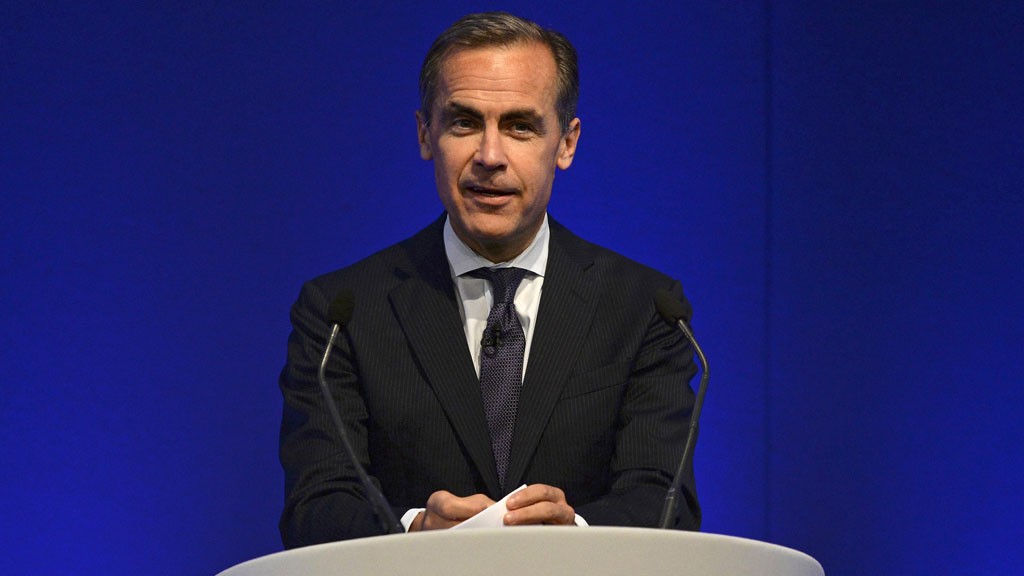Why Low Interest Rates Are Here to Stay
Post on: 1 Октябрь, 2015 No Comment

Some have called it a Putin bond rally. Or it might be new Fed Chairperson Yellen’s determination to keep interest rates as low as possible, until economic prosperity returns to Main Street. It might as well be because our employment rate is still above 6 percent, with many millions of the long term unemployed out of work.
In fact, for all of these reasons, interest rates are returning to their Great Recession lows, and should remain there for years, maybe even decades. This will certainly boost housing sales and prices near term, as it has for motor vehicle sales, as well as shorter-term borrowing that small businesses need, in particular.
For instance, the 30-year fixed conforming mortgage rate has dropped to 3.875 percent with a 1 point origination fee for some lenders in California. The US 10-year Treasury bond yield is back down to 2.61 percent as of this writing, and Italy and Spain’s 10-year bond yields have dropped below 3 percent for the first time since their recessions.
The 10-year US Treasury bond yield is at a historic low, as low as the wartime 1940s. Why such low rates? The latest rate downturn is probably because of a flight to quality by jittery investors, that see bonds as the safer investment during such uncertain times. It happened with Putin’s invasion of Eastern Ukraine and the US and European threat of serious sanctions that could bring an already weak Russian economy to a period of severe deprivation.
The 18-member Organization for Economic Co-operation and Development (OECD) just reported that 2014 Russian economic growth has probably slowed to 0.5 percent from its earlier forecast of 2.8 percent growth, in spite of Russia’s tremendous oil and gas reserves.
The moderate recovery that was under way at the end of 2013 has been halted by the turbulence related to the events in Ukraine, said the OECD. Associated increased uncertainties and capital flight are now weighing on investor confidence. Consumption growth will weaken as real income growth slows and consumer credit becomes more expensive.
And the OECD doesn’t see worldwide economic growth picking up anytime soon. It’s almost a truism that uncertain times mean hoarding of monies. US corporations are hoarding some $2 to $3 trillion in liquid assets, depending on whom you ask, banks more than $1 trillion in excess reserves. That means they see no markets to invest their record profits, and so would rather pay their executives excessive salaries and shareholders higher dividends.
Another reason for such low interest rates is of course the low inflation rate, which affects interest rates even more directly. This is because bond interest rates are usually fixed (except for the Treasury’s inflation-indexed bonds), so any increase in the inflation rate reduces the value of their bonds.
The Personal Consumption Expenditures Index has been below 2 percent since the end of the Great Recession, except for a period in 2011 when expectations of growth were higher. It is now just 1.1 percent, which is what enables the Fed to keep their short term rates so low.
And lastly, Q1 2014 GDP growth came in at just 0.1 percent, with some pundits predicting it could become negative with the next revision. All this is certainly enough to keep both short and long term interest rates low for a long time.














